Our editors independently select these products. Making a purchase through our links may earn Well+Good a commission
I Tried Skin Cycling, and It Made All of My Most Potent (and Expensive) Products Work Better Than Ever
Skin cycling is a viral method of making your skin-care actives work better with less irritation. Here are my honest thoughts on the process.

Caring for my skin has been a journey. After dealing with an acne-prone complexion as a teen, I spent much of my 20s relying on YouTube education and 12-step regimens that involved layering products and mixing acids and vitamins that had no business being combined. But thanks to the newly-TikTok famous method of “skin cycling,” after years of doing the most, I’ve finally got the balance right.
Keep scrolling to find out what makes the process so great and learn exactly what happened when I tried it for myself.
What is skin cycling?
“Skin cycling is a deliberate and strategic approach to skin care that involves cycling through your evening skin-care routine to drive results while minimizing irritation,” explains Whitney Bowe, MD, the board-certified dermatologist who invented the skin-cycling method.
The approach uses a four-night cycle: On night one, you exfoliate; on night two, you use a retinoid; and on nights three and four, you allow your skin to recover. Then, you start the process all over. The idea is that by breaking up your actives, you give your skin a chance to reap its individual benefits while also allowing enough time for it to recover and reset. “Your muscles need recovery days, your mind needs recovery days, so it makes sense that your skin also benefits from recovery days too,” says Dr. Bowe.
Considering how much contradicting information there is out there about how best to apply ingredients, this straightforward approach makes it easy for people to properly use different actives without sensitizing their complexions (which can happen if you use too many aggressive ingredients at once). “Particularly on social media, the answers are all over the place, and we are seeing angry, irritated skin as a result,” says Dr. Bowe. “Rather than adding more products on top of one another, skin cycling encourages you to use products strategically to complement one another.”
According to Dr. Bowe, it only takes two cycles—or eight days—to see results. “You can expect to see a more healthy glow, and your skin will feel more hydrated and softer overall,” she says, adding that things will get even better over time. “If you stick with skin cycling, over the next few months you’ll really see that transformation—when things like fine lines, wrinkles, breakouts, and dark spots can start to improve.”
Is skin cycling for everyone?
Skin cycling is great for any skin type, but because it includes “rest” days, can be especially helpful for those with sensitive skin. “Skin Cycling is particularly beneficial if you are new to using exfoliating serums, retinoids, have sensitive skin, or have a skin condition like rosacea,” says Dr. Bowe.
What happened when I tried skin cycling
Night 1: exfoliation
Traditionally, exfoliation was something I’d only do when my face felt clogged or makeup wasn’t sitting right. Now, a few weeks into skin cycling, it’s a non-negotiable.“Reach for chemical exfoliating products over harsh physical scrubs,” says Dr. Bowe. “This type of exfoliation gives your skin an immediate glow but also preps you to get the most out of night two, retinoid night.” She also recommends choosing an exfoliant that has a blend of acids rather than a highly concentrated single acid, as they perform more effectively, and suggests staying away from formulas that include olive oil and essential oils. I’ve been using the Summer Fridays Soft Reset AHA Exfoliating Solution ($56), as it includes a mix of lactic acid, niacinamide, and glycolic acid, but Paula’s Choice and Sunday Riley also offer great exfoliating options that fit Dr. Bowe’s criteria.
“On top of your exfoliating product, you want to apply a fragrance-free moisturizer that specifically rebalances the skin microbiome and repairs the skin barrier,” says Dr. Bowe. “You don’t want to use a product that is too heavy or greasy because that can push the exfoliating acid into the skin and create unnecessary irritation.”
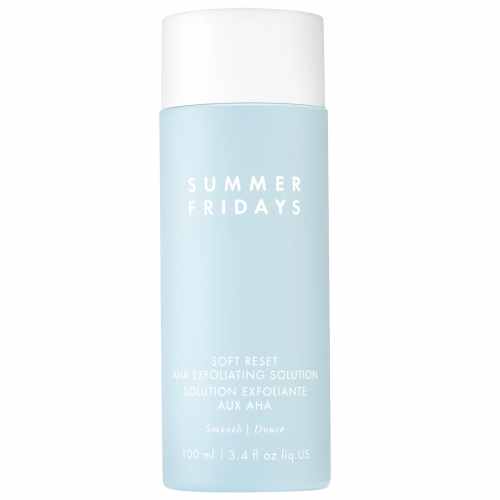
Summer Fridays Soft Reset AHA Exfoliating Solution — $56.00
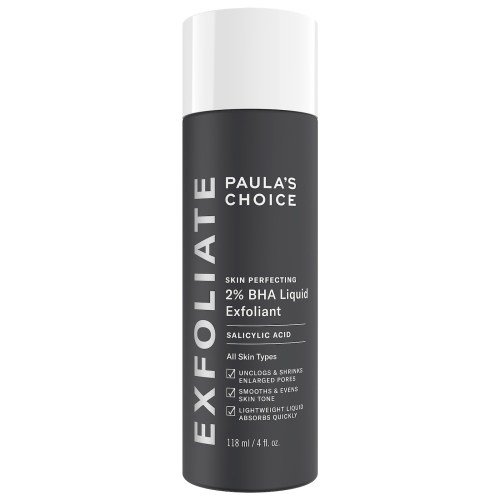
Paula’s Choice Skin Perfecting 2% BHA Liquid Exfoliant — $34.00

Sunday Riley Good Genes All-In-One AHA Lactic Acid Treatment — $122.00
Night 2: retinoid
“Retinoids are one of the most powerful ingredients to include in your skin cycling routine, but if you use them too frequently, or layer them with other potentially irritating ingredients, you will not get optimal results,” shares Dr. Bowe. Guilty.
I’ve been using a dermatologist-prescribed tretinoin—a topical retinoid that clears pores and diminishes the appearance of fine lines, discoloration, and uneven texture—for about a year. Initially, it worked wonders, but eventually, my skin started to plateau and I wasn’t seeing the same sort of results. After just four rounds of skin cycling (in which my retinoid use has been limited to once every four days) my skin looks noticeably more hydrated, radiant, and softer.
If you have sensitive skin, Dr. Bowe suggests applying moisturizer before your retinoid—particularly around the eyes, corners of the nose, and mouth—to act as a buffer. And regardless of what type of skin you have, apply a barrier-enforcing moisturizer on top of your retinoid to ensure your complexion stays properly hydrated.
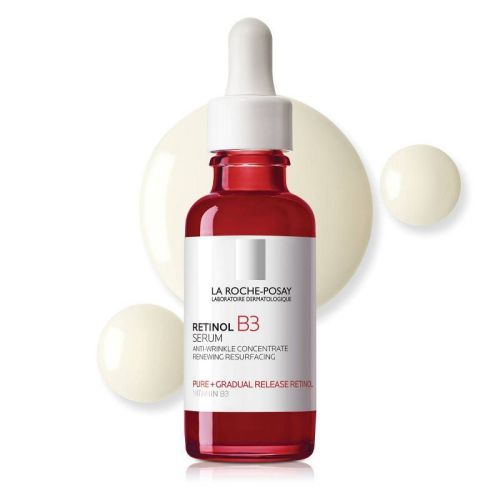
La Roche Posay Retinol Face Serum with Vitamin B3 — $40.00
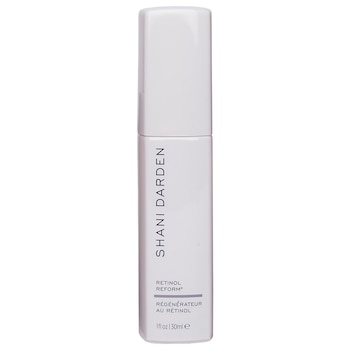
Shani Darden Skin Care Retinol Reform Treatment Serum — $88.00
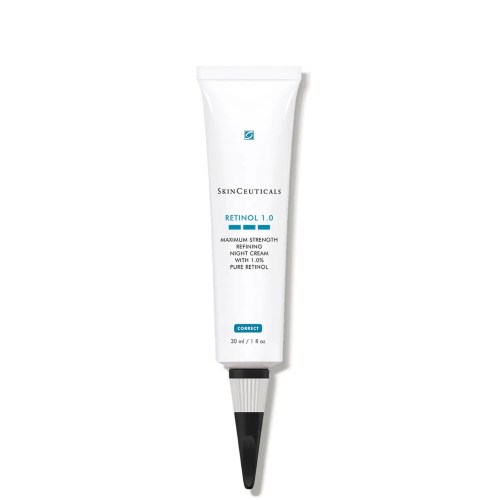
SkinCeuticals Retinol 1.0 Maximum Strength Refining Night Cream — $92.00
Nights 3 and 4: recovery
Recovery nights were the hardest for me to get on board with because I was so used to using active products as a part of my p.m. routine. “Give your skin a chance to recover, and rather focus on nourishing your skin microbiome and repairing your skin barrier,” shares Dr. Bowe.
Knowing the importance of hydration and moisture for recovery night, Dr. Bowe formulated her own reparative cream, Bowe Glowe, which was clinically tested to confirm it can help repair the skin barrier in just one hour, though she also recommends the below. If your skin needs even more moisture, she suggests using a light oil like Indie Lee Squalane Facial Oil.
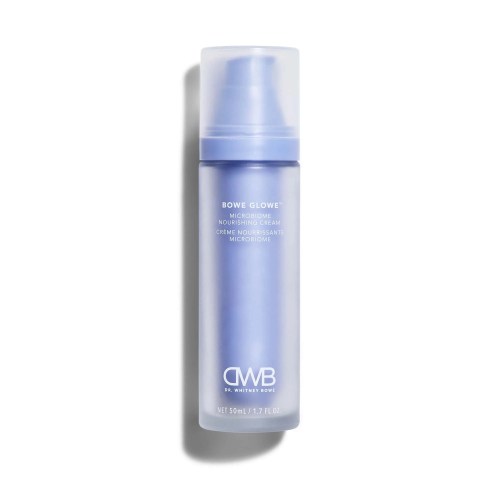
Dr. Whitney Bowe Skincare Bowe GloweMicrobiome Nourishing Cream — $95.00
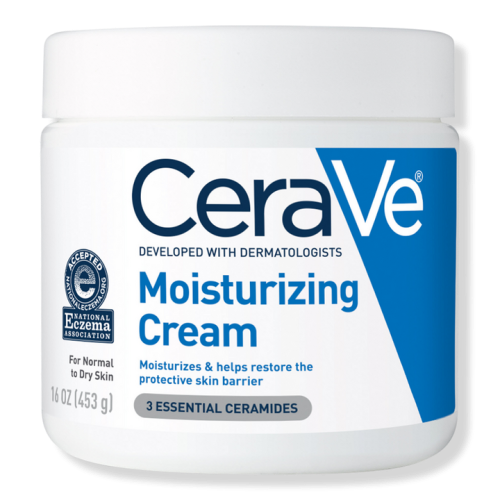
Cerave Moisturizing Cream — $20.00

PCA SKIN Hyaluronic Acid Boosting Face Serum — $120.00

Indie Lee Squalane Facial Oil — $36.00
Takeaways
Over the past month, I’ve completed multiple rounds of the four-day skin cycling method, and my skin has thanked me for it. With a brighter, more plump complexion, I’ve found myself using less foundation and letting my natural skin shine. I’ve also noticed the fine lines on my forehead have become less visible, and the mild amounts of rosacea my cheeks have decreased too. Initially, I found it hard to limit my products, especially only using Tretinoin once every four days. But now, it’s second nature and I feel more educated about each product’s role and purpose in the cycle. Skin cycling has been the best thing I’ve done for my complexion in a long time, and especially if you’re skin has plateaued, I encourage you to try it for yourself too. You can thank me (but mostly Dr. Bowe) later.
Sign up for the Well+Good SHOP Newsletter
Get exclusive deals on wellness, beauty, fitness, and food products that have been hand-picked by our editors.
Got it, you've been added to our email list.










